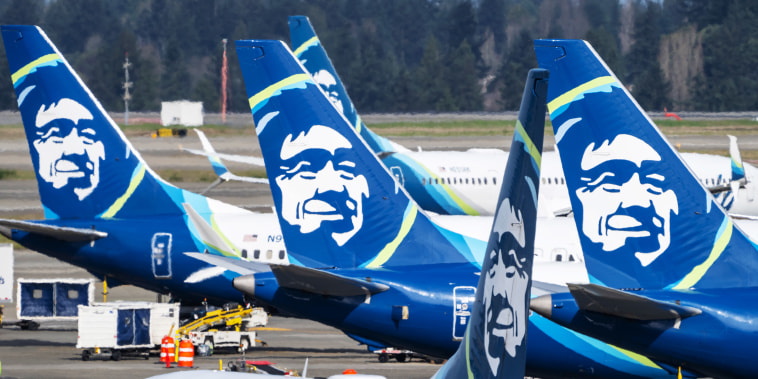The Federal Aviation Administration (FAA) recently lifted a temporary ground stop that had been placed on Alaska Airlines flights due to a technical issue. The FAA’s decision to ground these flights was a cautionary measure taken to ensure the safety and security of passengers and crew members.
The temporary ground stop affected numerous Alaska Airlines flights, impacting travel plans for many passengers. The FAA acted swiftly to address the technical issue and work towards a resolution to allow the airline to resume normal operations in a timely manner.
According to Alaska Airlines, the technical issue that prompted the ground stop was related to a communication problem. This issue was quickly identified and rectified by the airline’s technical team, in cooperation with the FAA, which enabled the flights to safely resume.
Ground stops are rare occurrences in the airline industry, and they are typically implemented when there is a potential safety concern that needs to be addressed. In this case, the FAA’s decision to ground Alaska Airlines flights was a proactive measure to ensure that the technical issue was fully resolved before allowing the airplanes to take off.
Passengers who were affected by the temporary ground stop were provided with updates and information regarding the status of their flights. Alaska Airlines worked diligently to rebook passengers on alternate flights and minimize disruptions to their travel plans as much as possible.
The temporary ground stop of Alaska Airlines flights serves as a reminder of the importance of safety and adherence to strict regulations in the aviation industry. The prompt response by both the airline and the FAA demonstrates their commitment to prioritizing the well-being of passengers and maintaining the highest standards of safety in air travel.
As the technical issue has been resolved and the temporary ground stop has been lifted, Alaska Airlines can now operate its flights as scheduled, providing passengers with a safe and efficient travel experience. The cooperation between the airline, the FAA, and other relevant parties highlights the collaborative efforts that are essential in ensuring the safety and smooth operation of the aviation industry.
